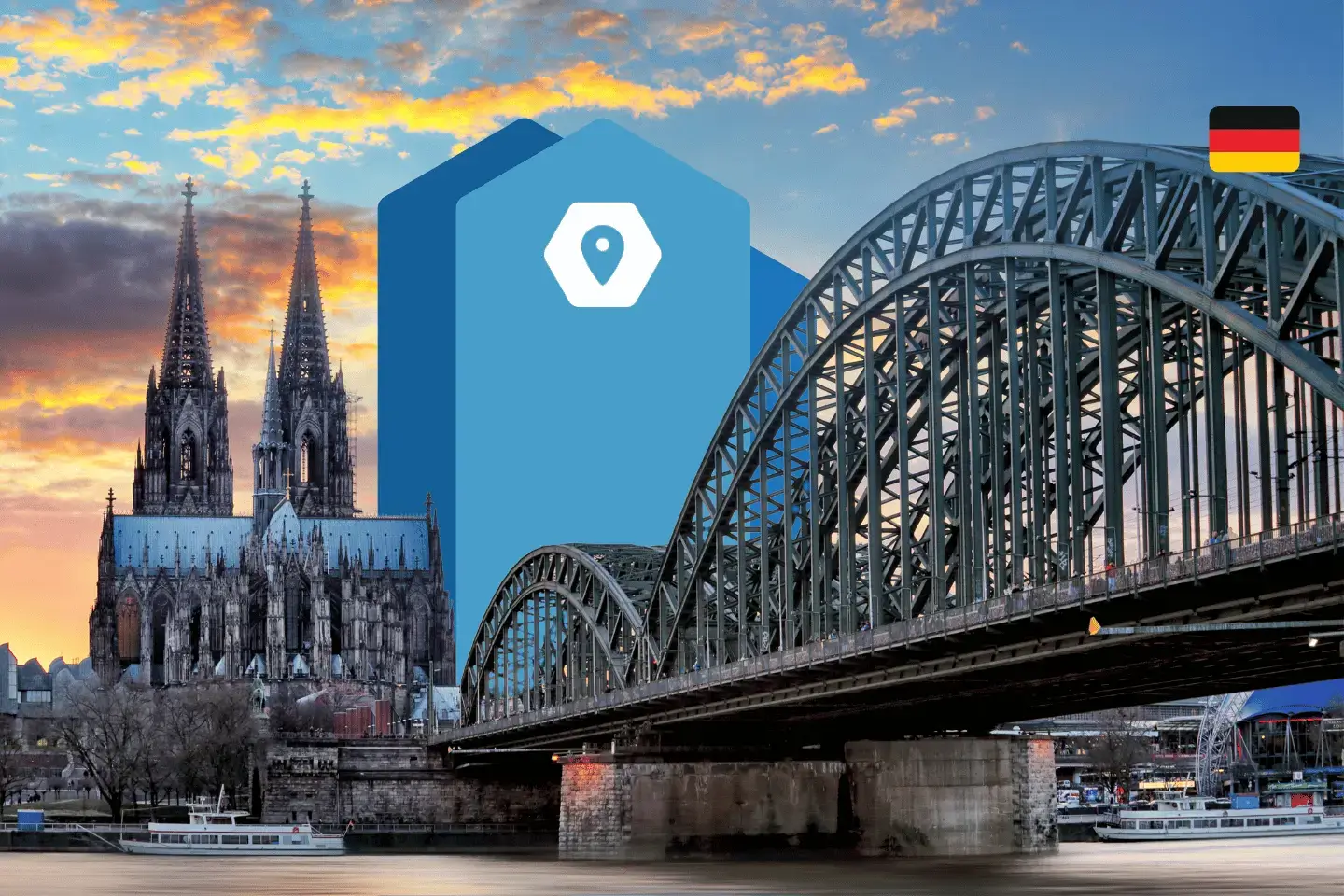- Germany offers two main permanent residency routes for non-EU talent: the national Settlement Permit and the EU Long-Term Residence Permit, both granting indefinite stay and unrestricted employment.
- The EU Long-Term Residence Permit is better for employees needing EU mobility, while the Settlement Permit suits those committed to staying in Germany with generally faster and simpler processing.
- Key eligibility factors for both include years of legal residence, pension contributions, financial independence, B1 German, and adequate housing, with slightly more flexible timelines for skilled workers and EU Blue Card holders under the Settlement Permit.
- 2025 updates (such as mandatory integration courses in Berlin, relaxed family reunification rules, and higher income thresholds) mean HR should proactively factor these into onboarding, retention, and relocation planning.
As an HR professional managing international talent in Germany, knowing the options for permanent residency helps you support non-EU employees with their long-term career and relocation plans.
Germany offers two main pathways: the Settlement Permit (Niederlassungserlaubnis) and the EU Long-Term Residence Permit (Daueraufenthalt-EU)—often referred to collectively under the umbrella of permanent residency. While both permits allow indefinite residency and unrestricted employment rights, they differ in eligibility, benefits, and processes. This article breaks down the advantages, differences, application processes, and recent updates for 2025 to help you guide your workforce effectively.
Advantages of the Settlement Permit and EU Long-Term Residence Permit
Both permits bring significant benefits for your employees:
- Unrestricted Employment: Employees can switch employers freely without notifying immigration authorities, giving them flexibility for career growth.
- Indefinite Residency: No need to renew permits, which adds stability for employees and their families.
- Access to Social Benefits: Eligibility for certain state support systems (once financial independence is proven) strengthens employee retention.
However, the EU Long-Term Residence Permit has an additional perk: mobility across EU countries, allowing employees to work or reside in other EU member states for extended periods—an advantage for multinational companies.
Differences Between Settlement Permit and EU Long-Term Residence Permit
Knowing the differences helps HR tailor advice to employees’ goals:
- Mobility:
- Settlement Permit: Limited to Germany, ideal for employees committed to staying locally.
- EU Long-Term Residence Permit: Allows greater flexibility for working or living in other EU countries, perfect for employees eyeing international assignments.
- Eligibility Flexibility:
- Settlement Permit: Skilled workers (e.g., EU Blue Card holders) may qualify after just 3 years of residence and 36 months of pension contributions.
- EU Long-Term Residence Permit: Requires a strict 5-year residency period with 60 months of pension contributions.
- Cost:
- Settlement Permit: €255 application fee.
- EU Long-Term Residence Permit: €109–€147, depending on status—more cost-effective for some.
- Processing Time:
- Settlement Permit: 4–12 weeks.
- EU Long-Term Residence Permit: 4–18 months, due to EU-wide checks.
Comparison table (download format)
Application Process for Each Permit
HR teams can assist employees by outlining these steps and preparing necessary documentation:
1 - Settlement Permit (Niederlassungserlaubnis)
- Eligibility: 5 years of legal residence (or 3 for skilled workers), financial independence, 60 months of pension contributions (36 for skilled), B1 German proficiency, and adequate housing.
- Process:
- Book an appointment at the local Ausländerbehörde (immigration office). Check the Federal Office for Migration and Refugees (BAMF) for details.
- Submit documents: passport, application form, biometric photo, salary slips, pension records, B1 certificate, health insurance, and rental agreement.
- Attend an interview (if required) to verify integration.
- Await approval (4–12 weeks).
- Tip for HR: Skilled workers with an EU Blue Card benefit from shorter timelines—highlight this to retain top talent.
2 - EU Long-Term Residence Permit (Daueraufenthalt-EU)
- Eligibility: 5 years of residence, financial independence, 60 months of pension contributions, B1 German, and adequate housing. Excludes educational or humanitarian visa holders.
- Process:
- Use BAMF’s “Quick Check” tool online (BAMF Quick Check) to confirm eligibility.
- Schedule an appointment at the Ausländerbehörde.
- Submit similar documents as above.
- Await approval (4–18 months), factoring in EU verification.
- Tip for HR: Emphasize the EU mobility benefit for employees with international aspirations.
Updates for 2025: What HR Need to Know
- Integration Course: Berlin now mandates an integration course for Settlement Permit applicants—factor this into onboarding timelines.
- Family Reunification: Relaxed rules allow skilled workers’ families to join without proving housing upfront, easing relocation logistics.
- Financial Thresholds: Higher income requirements ensure long-term stability—verify employees meet these standards.
Which Permit Suits Your Employee? A Practical Example
Consider an employee like Maria, a Brazilian skilled worker with 5 years in Germany and over 60 months of pension contributions.
- If she plans to stay in Germany, the Settlement Permit offers a straightforward path.
- If she wants EU-wide opportunities, the EU Long-Term Residence Permit aligns better.
HR can assess employees’ career goals to recommend the right option.
Additional Considerations for HR
- Support Documentation: Assist with gathering pension records or language certificates to speed up applications.
- Government Resources: Direct employees to Make it in Germany for official guidance.
- Retention Strategy: Highlighting permanent residency options can boost employee loyalty, especially for skilled workers.
By understanding the Niederlassungserlaubnis and Daueraufenthalt-EU, HR professionals can empower employees with informed choices, ensuring compliance with German immigration laws while supporting career aspirations in 2025 and beyond.


.svg)












.svg)
